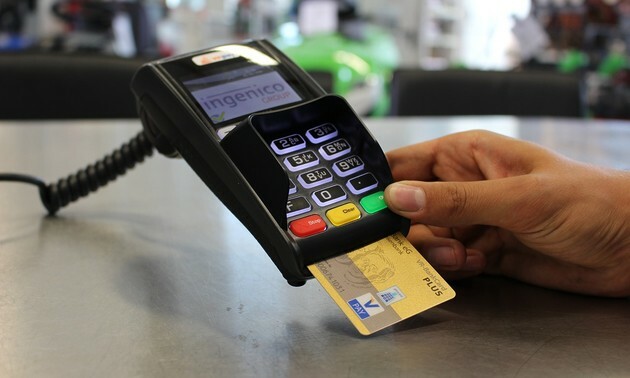Microeconomics is the branch of economics that analyzes the economy on a smaller scale and deals with specific entities such as companies, households and individuals.
Macroeconomics analyzes the economy in a broad sense, dealing with factors that affect the national, regional or global economy as a whole.
| Microeconomics | Macroeconomics | |
|---|---|---|
| Meaning | The branch of economics that studies the behavior of an individual consumer, business, or family. | The branch of economics that studies the behavior of the entire economy, national and international. |
| Deals with | Individual economic variables. | Aggregate economic variables. |
| Application | Applied to operational or internal issues. | Applied to environmental and external issues. |
| Scope | It covers issues such as individual product, demand, supply, product prices, factor prices, wages, etc. |
It covers issues such as national income, general price level, distribution, national production, etc. |
| Importance | Useful in determining the prices of a product, along with the prices of factors of production (land, labor, capital, etc.) within the economy. | It maintains stability in the general price level and solves the main problems of the economy such as inflation, deflation, reflation, unemployment and poverty as a whole. |
| Prices | The microeconomics that determines the price of a given commodity, along with the prices of complementary and substitute goods. | Macroeconomics is useful for maintaining the general price level. |
| economics analysis | Made from the bottom up. | From top to bottom. |
| Example of questions addressed | "How will the price of a particular good affect its quantity demanded?" | "How might GDP be affected by the unemployment rate?" |
Definition of Microeconomics
Microeconomics is the branch of economics that studies the behavior and performance of individual units, i.e. consumers, households, industries and firms.
Thus, it analyzes the decisions that these units make in relation to the allocation of resources and prices of goods and services.
To do this, microeconomics focuses on supply and demand and other forces that determine the price levels seen in the economy.
For example, microeconomics would look at how a specific firm could maximize its production and capacity so that it could lower prices and better compete in its industry.
Definition of Macroeconomics
Macroeconomics, on the other hand, is the field of economics that studies the behavior of the economy as a whole, not just specific companies.
It includes regional, national and international economies. In addition, it covers the main areas of the economy such as unemployment, poverty, general price level, Gross Domestic Product (GDP), imports and exports, globalization, monetary and fiscal policy, etc.
For example, macroeconomics would examine how an increase or decrease in exports would affect a nation's capital account. Likewise, it would assess how GDP would be affected by the unemployment rate.
Pros and cons of microeconomics
pros
- It helps in determining the prices of a certain product and also in the prices of various factors of production;
- It is based on a free enterprise economy, which means that the company is independent to make decisions.
Cons:
- The assumption of full employment is unrealistic.
- It analyzes only a small part of an economy, while a larger part is not studied.
Pros and cons of macroeconomics
Pros:
- It is useful for determining the balance of payments, along with the causes of deficits and surpluses;
- Makes decisions regarding economic and fiscal policies and resolves public finance issues.
Against:
- Covers aggregate variables only;
See also the difference between:
- Import and Export
- Phases of the Industrial Revolution
- City and Municipality




